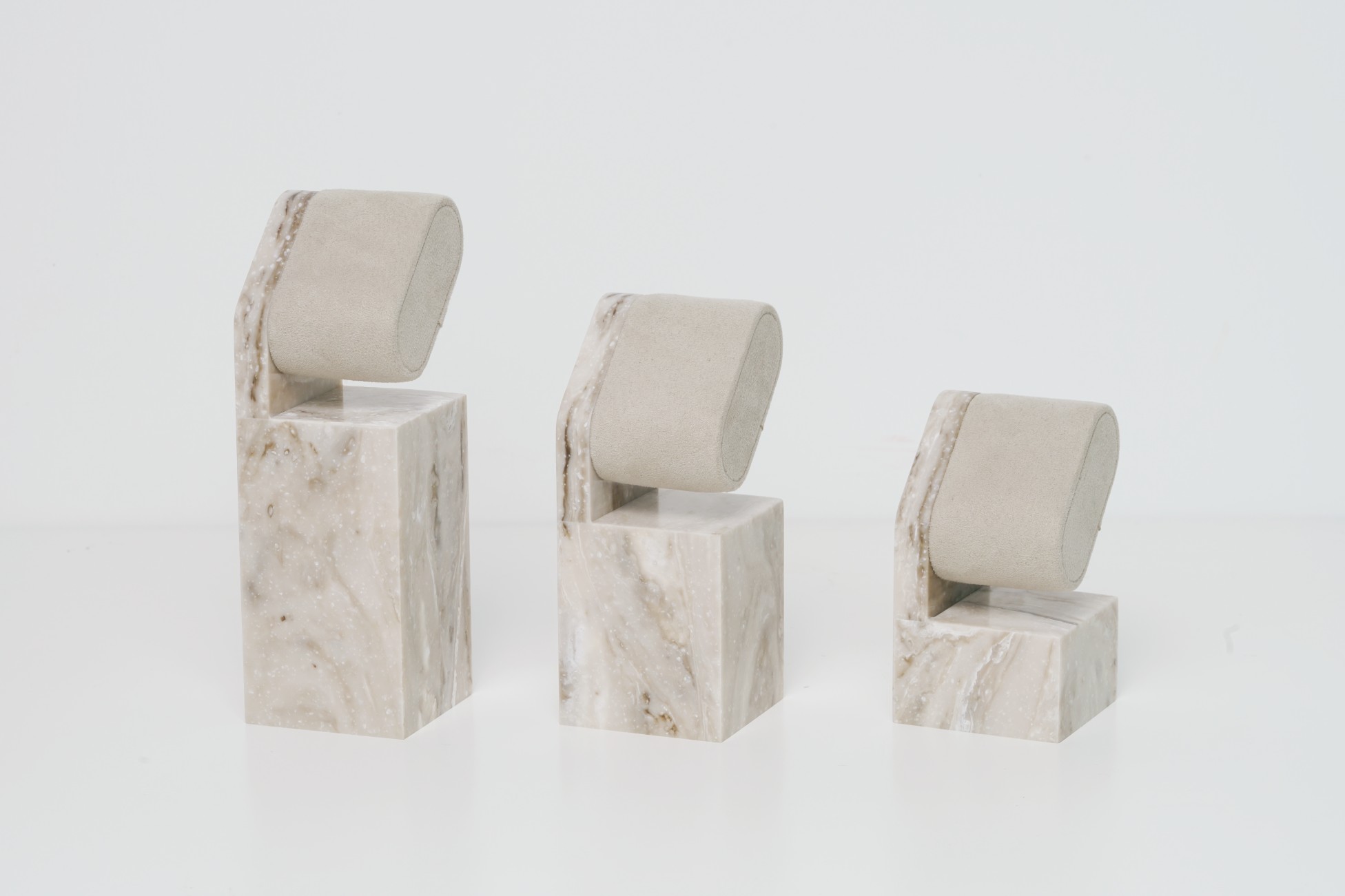[image]
Why do your watch display boxes keep failing brand standards?
1. Introduction (PAS Formula)
Luxury watch brands demand perfection in every detail—including the packaging. Yet, many watch display boxes fail to meet brand standards, leading to costly rejections and wasted resources.
Your watch display box fails brand standards when it misses invisible details like gloss level, tactile quality, lighting tone, and alignment. Inadequate communication, weak quality control, and wrong material choices are major causes. By aligning design, production, and inspection processes with brand identity, you can meet even the most demanding luxury requirements.
But why do these failures happen? Let’s break down the key factors and how to ensure your display boxes match luxury brand expectations.
What Are the Hidden Expectations Behind Watch Display Boxes? {#hidden-expectations}
Luxury brands don’t always spell out every requirement—but they expect you to know them.
Gloss level, tactile feel, lighting quality, and micro-precision define brand perception. A 0.5mm gap, slight dullness in gloss, or uneven lighting can make a box feel off-brand.
- Finish & Texture: High-gloss piano lacquer vs. matte leatherette makes a huge difference.
- Lighting Tone & Angle: LED lighting should match brand warmth—too blue or too yellow ruins the experience.
- Tactile Quality: Soft-touch velvet, solid hinges, and seamless magnetic closures all matter.
[image]
Why Do So Many Display Boxes Fail Quality Checks? {#fail-quality-checks}
Manufacturers often miss critical details during production, leading to rejection.
Common failures include material mismatches, inconsistent embossing, uneven stitching, and low-quality finishing. A slight deviation in texture or color can make a product feel ‘cheap’ rather than luxurious.
- Material Selection Mistakes: Low-density fiberboard instead of hardwood; non-compliant PVC instead of premium eco-friendly materials.
- Production Shortcuts: Spraying instead of hand-polishing, low-end PU instead of genuine leather.
- Weak Quality Control: No in-process inspection, errors caught too late.
Claim: “A luxury watch brand once rejected an entire batch due to a 0.2mm misalignment in the embossed logo.”
[image]
How to Align Production Monitoring with Brand Standards? {#production-monitoring}
The key to avoiding rejections is precise quality control at every stage.
Implementing tolerance control, pre-production sampling, and detailed QC checklists reduces errors. Testing ensures durability and premium finishing.
🔍 Essential Quality Control Steps:
- Tolerance Control: Maintain strict ±0.2mm alignment accuracy.
- Pre-production Prototypes: Every luxury project requires multiple sampling rounds.
- Comprehensive QC Testing:
- Drop Test: Simulates transport conditions.
- Pressure Test: Ensures boxes withstand store handling.
- Scratch Resistance: Tests against minor wear & tear.
- Climate Test: Verifies resistance to temperature & humidity changes.
[image]
How Can Procurement & VM Managers Avoid Costly Mistakes? {#avoid-mistakes}
Luxury brand managers face tight deadlines and demanding specifications.


